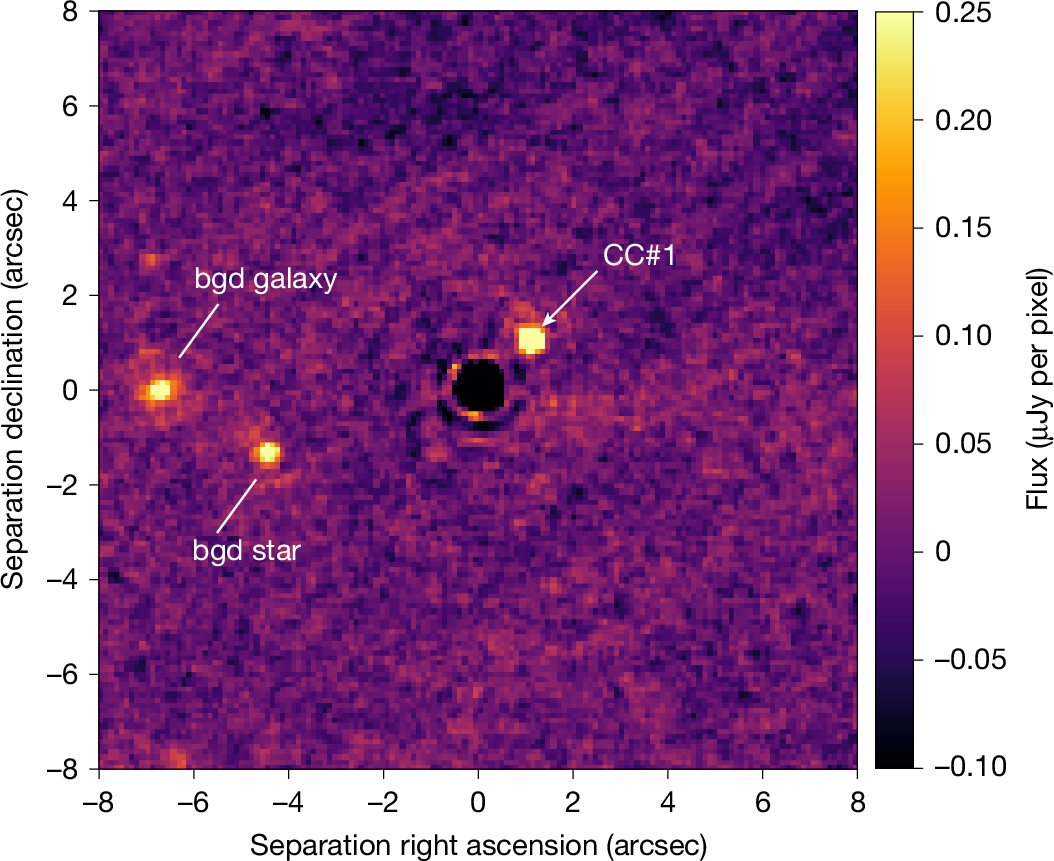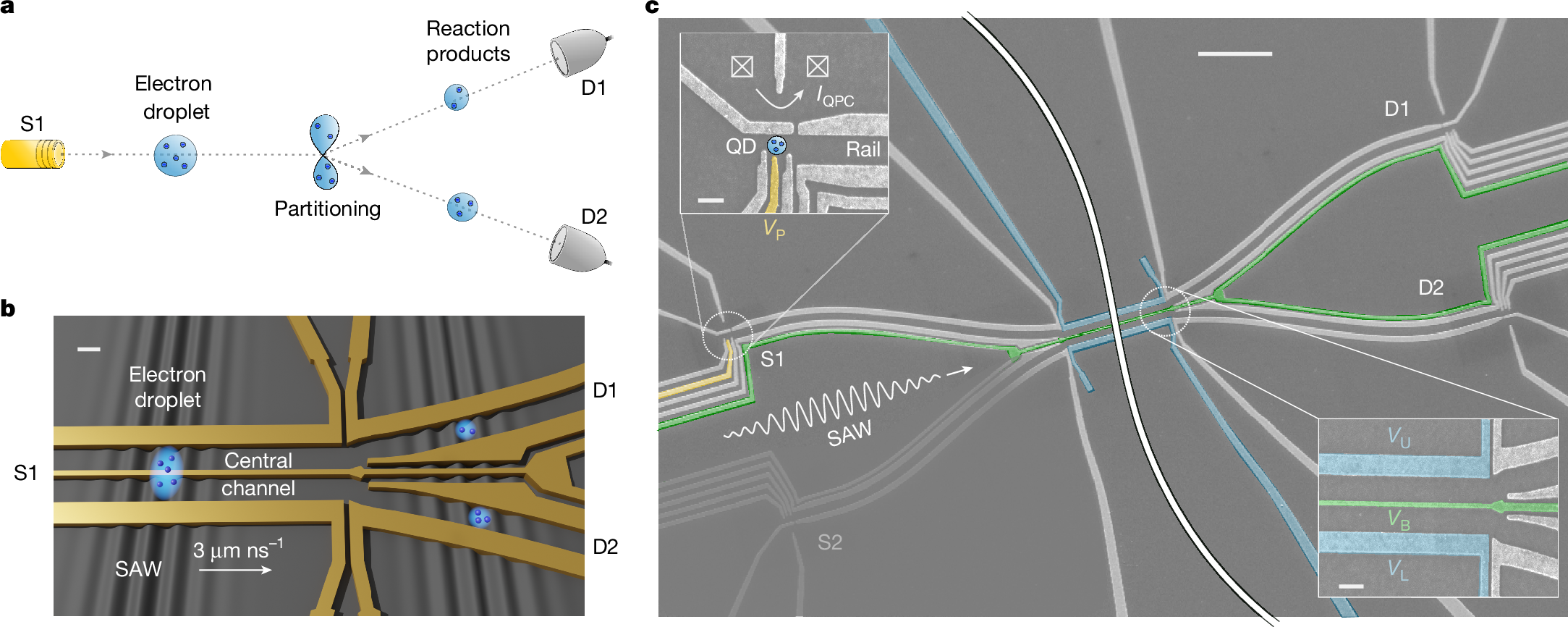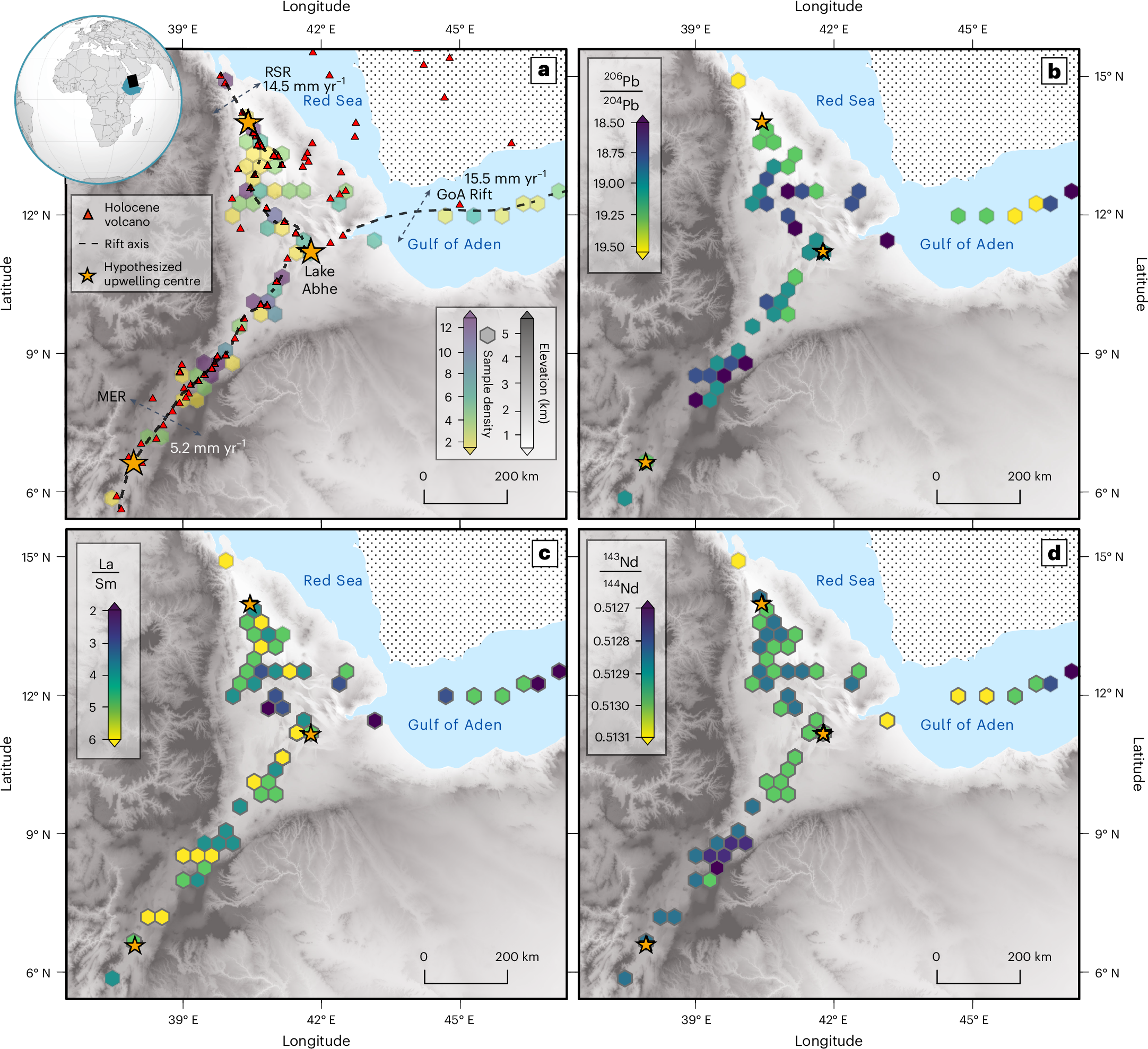2025-06-25 フランス国立科学研究センター(CNRS)
<関連情報>
- https://www.cnrs.fr/en/press/james-webb-space-telescope-discovers-its-first-exoplanet
- https://www.nature.com/articles/s41586-025-09150-4
若いTWA 7円盤の中にある準Jov型惑星の証拠 Evidence for a sub-Jovian planet in the young TWA 7 disk
A.-M. Lagrange,C. Wilkinson,M. Mâlin,A. Boccaletti,C. Perrot,L. Matrà,F. Combes,H. Beust,D. Rouan,A. Chomez,J. Milli,B. Charnay,S. Mazevet,O. Flasseur,J. Olofsson,A. Bayo,Q. Kral,A. Carter,K. A. Crotts,P. Delorme,G. Chauvin,P. Thebault,P. Rubini,F. Kiefer,… M. Langlois
Nature Published:25 June 2025
DOI:https://doi.org/10.1038/s41586-025-09150-4

Abstract
Planets are thought to form from dust and gas in protoplanetary disks, with debris disks being the remnants of planet formation. Aged a few million up to a few billion years, debris disks have lost their primordial gas, and their dust is produced by steady-state collisions between larger, rocky bodies1,2. Tens of debris disks, with sizes of tens, sometimes hundreds, of astronomical units have been resolved with high-spatial-resolution, high-contrast imagers at optical and near-infrared or (sub)millimetre interferometers3,4. They commonly show cavities, ring-like structures and gaps, which are often regarded as indirect signatures of the presence of planets that gravitationally interact with unseen planetesimals2,5. However, no planet responsible for these features has been detected yet, probably because of the limited sensitivity (typically 2–10 MJ) of high-contrast imaging instruments (see, for example, refs. 6,7,8,9) before the James Webb Space Telescope. Here we have used the unprecedented sensitivity of the James Webb Space Telescope’s Mid-Infrared Instrument10,11 in the thermal infrared to search for such planets in the disk of the approximately 6.4-Myr-old star TWA 7. With its pole-on orientation, this three-ring debris disk is indeed ideally suited for such a detection. We unambiguously detected a source 1.5 arcsec from the star, which is best interpreted as a cold, sub-Jupiter-mass planet. Its estimated mass (about 0.3 MJ) and position (about 52 au, de-projected) can thoroughly account for the main disk structures.



